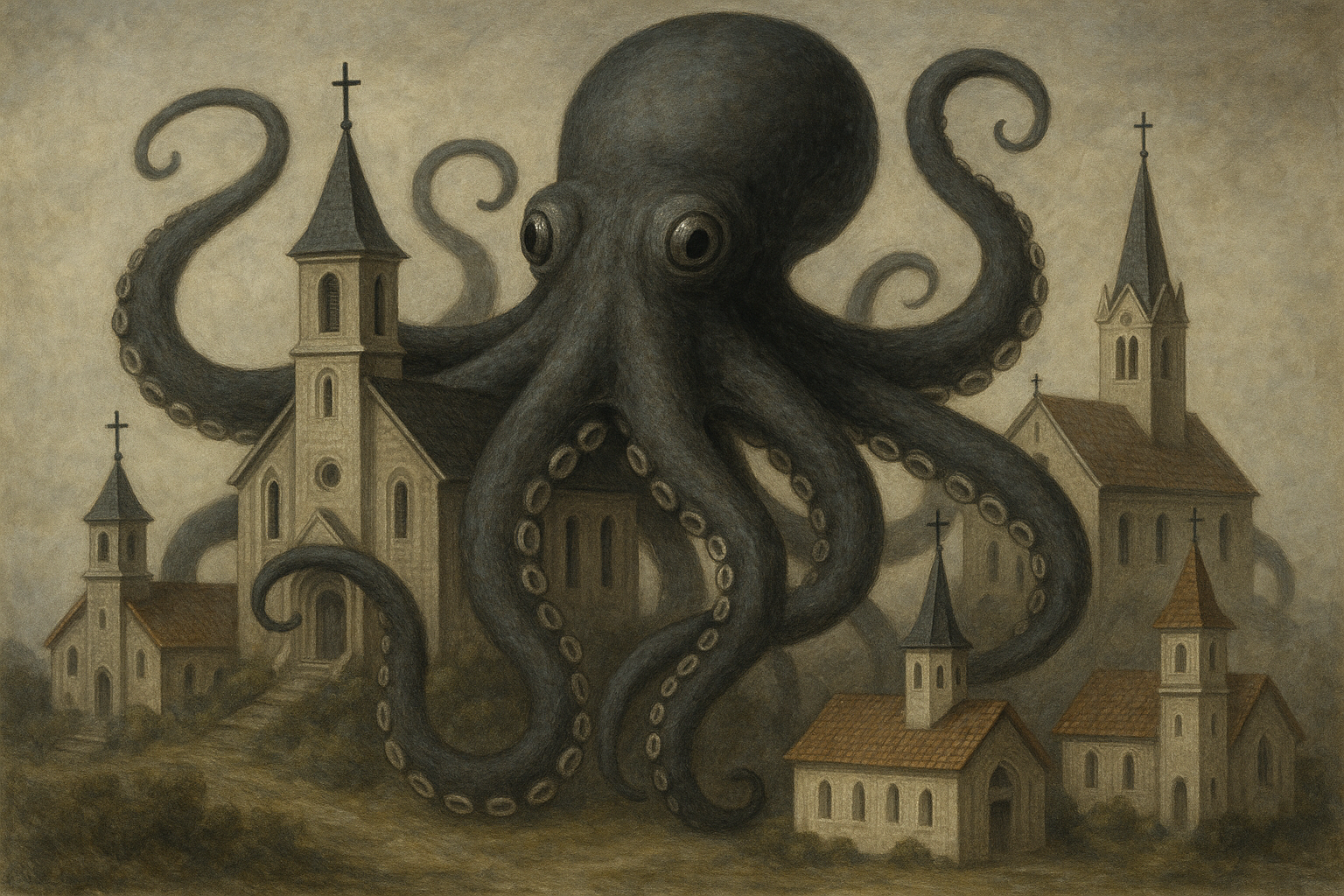In the world of finance, the expression too big to fail is used to describe those institutions whose magnitude is such that their fall could drag down the entire system. It is usually applied to corrupt or poorly managed entities that, despite their faults, are kept standing because their collapse would have even more serious consequences. But what happens when this logic is applied, silently, within the Catholic Church?
The Institute of the Incarnate Word (IVE) and its female branch, the Servants of the Lord and of the Virgin of Matará (SSVM), are a clear case. Since its foundation in the 80s in Argentina, the institute has grown disproportionately, deploying seminaries, convents, colleges, universities, publishing houses and multiple foundations in dozens of countries. That growth, however, has been accompanied by structural corruption that the Vatican has tried unsuccessfully to contain.
Corruption in multiple forms
- Clandestine admission of novices: despite Rome’s express prohibition, the IVE/SSVM continues to accept novices in a disguised manner (“volunteering”) in different regions, covering up income and manipulating files, in open defiance of ecclesiastical authority.
- Economic opacity: network of schools, foundations and publishing houses that operate with low transparency, allowing resources to be moved, expansion to be sustained and to circumvent substantive controls by the Holy See.
- Spiritual and psychological abuse: control of consciences, invasive spiritual direction, total dependence on superiors and annulment of personal freedom; dynamics more typical of a sect than of a religious institute.
- Doctrinal manipulation: self-perception as the sole repository of truth, installing the idea of a weakened or contaminated “official” Church, which reinforces isolation and justifies canonical disobedience.
A calculated resistance
The Vatican has appointed six pontifical commissioners in an attempt to correct the situation. Each has documented serious irregularities, but none has managed to stop the progress of the institute. The IVE’s strategy seems clear: resist and wear down, betting that its size makes it untouchable.
Rome’s dilemma
Can the Church tolerate a corrupt congregation continuing to function just because its dissolution is complicated? This logic generates impunity and weakens ecclesial credibility. The case of the Legionaries of Christ has already shown that, even with economic power and international presence, intervention can be inevitable.
A greater risk than the fall
The real danger is not the disappearance of the institute, but the message of its unpunished permanence: that a congregation can violate norms, manipulate consciences, and hide corruption if it becomes large enough. That is the greatest damage: not only to the victims, but to trust in the whole Church.

Leave a Reply